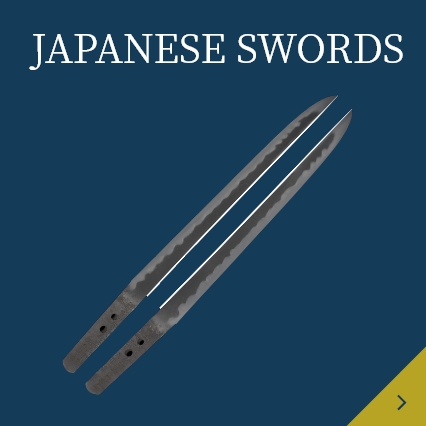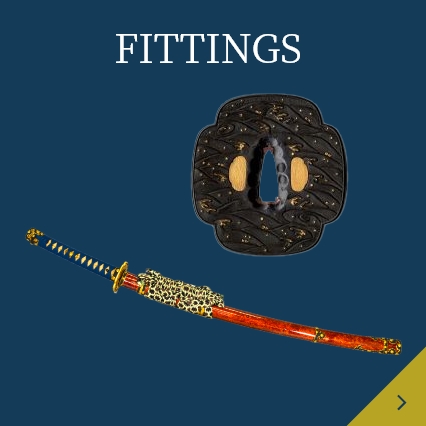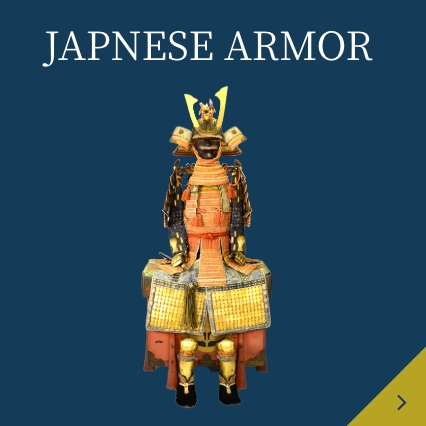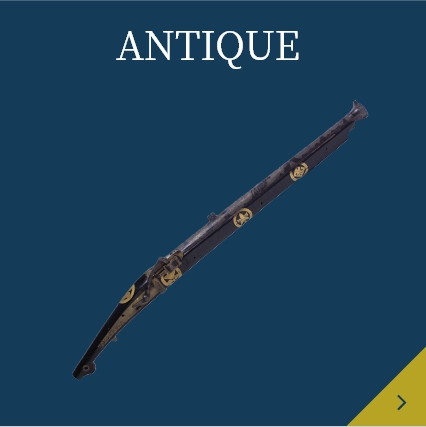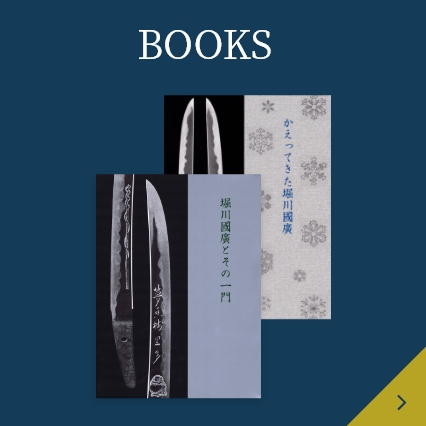GALLERY
Date family tradition
Kurumasukashi zu Tsuba
Mei Nobuie
伊達家伝来
車透図鐔
銘 信家
| Item NO. | NO.C01143 | Price | Reference item |
|---|---|---|---|
| Condition | Nadekaku gata、Tettsui meji、Sukidashi bori、Kakumimi-Koniku、Katahitsu ana | ||
| Paper | NBTHK No,44 Jyuyo Paper | ||
| Country | Kyoto | ||
| Period | Azuchi-Momoyama Period(安土桃山時代),16th century | ||
| Miminoatsusa | 0.5cm|13/64in | ||
| Accessories | Kiri BOX(Fittings:Huton)(桐箱(布団付)・Tato(畳箱) | ||
| Details | 信家(Nobuie), a tsuba craftsman from Owari, is renowned as one of the two great masters of iron tsuba, alongside Kaneka from Kyoto Fushimi. He is known for creating tsuba with shapes like Mokko (quince fruit) or Maru (round), occasionally featuring Kemari (ancient ball-kicking game) shapes or Shomonokoshi (projecting lower edge) forms. The distinctive feature of Nobuie's tsuba is the exceptional quality of iron forging, rich textures in the ground pattern, and an abundance of delightful, whimsical details, making them particularly well-suited for mounting on Japanese swords. This specific tsuba, attributed to Nobuie and featured in Nakamura Kakutayu (Hachitayu Masamasa)'s "Nobuie Tsuba Collection," bears a bold signature in relief. Its craftsmanship involves a lower placement of the Sukashi (openwork) pattern, creating intricate detail work on the flat surface with variations in concavity and convexity. The hitsuana (suspension holes) are beautifully adorned with motifs of plum blossoms, maple leaves, daikon radishes, and elongated rabbits, all deeply and skillfully carved. Furthermore, some portions of the sukashi pattern have been inlaid with gold, a later modification likely performed during the Edo period. Remarkably, this modification does not detract from the overall aesthetic appeal of this tsuba. This tsuba has a provenance tracing back to the Date family and holds a rich historical significance. |
||
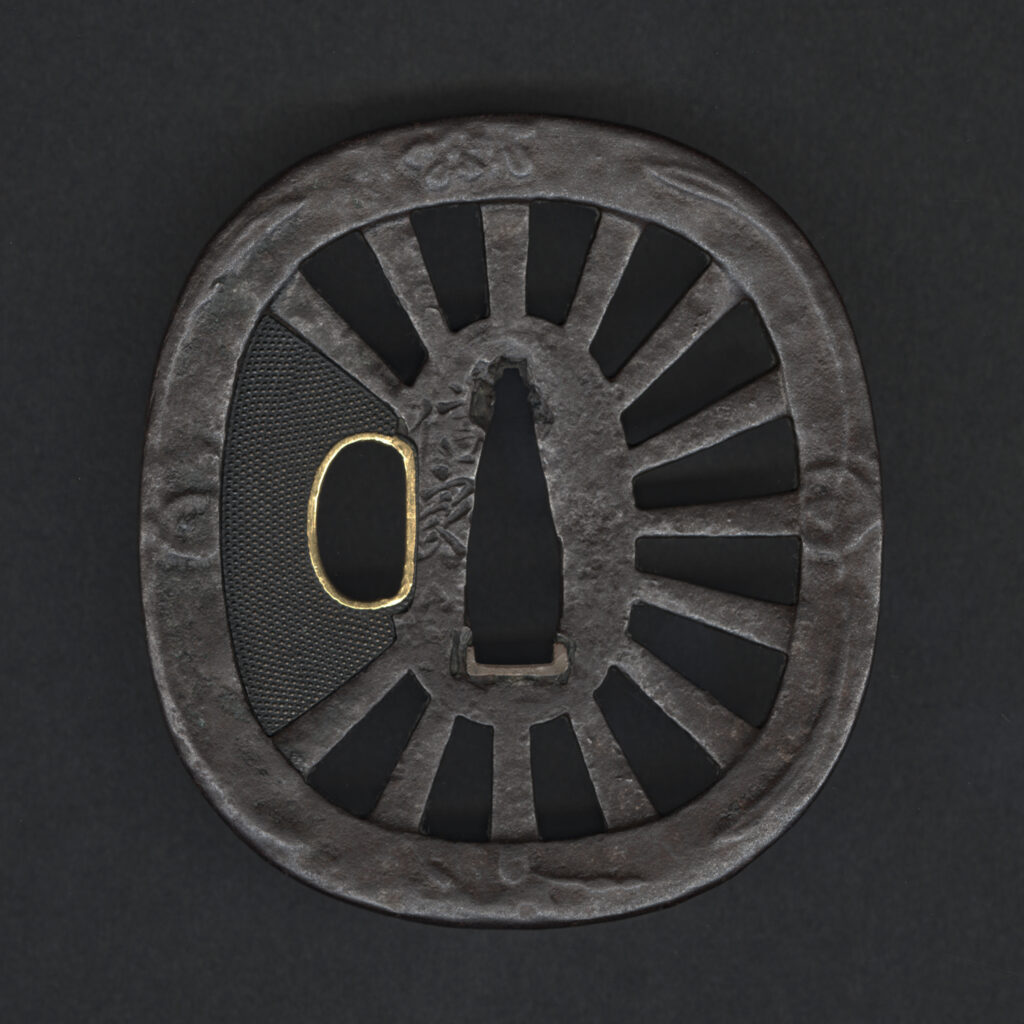
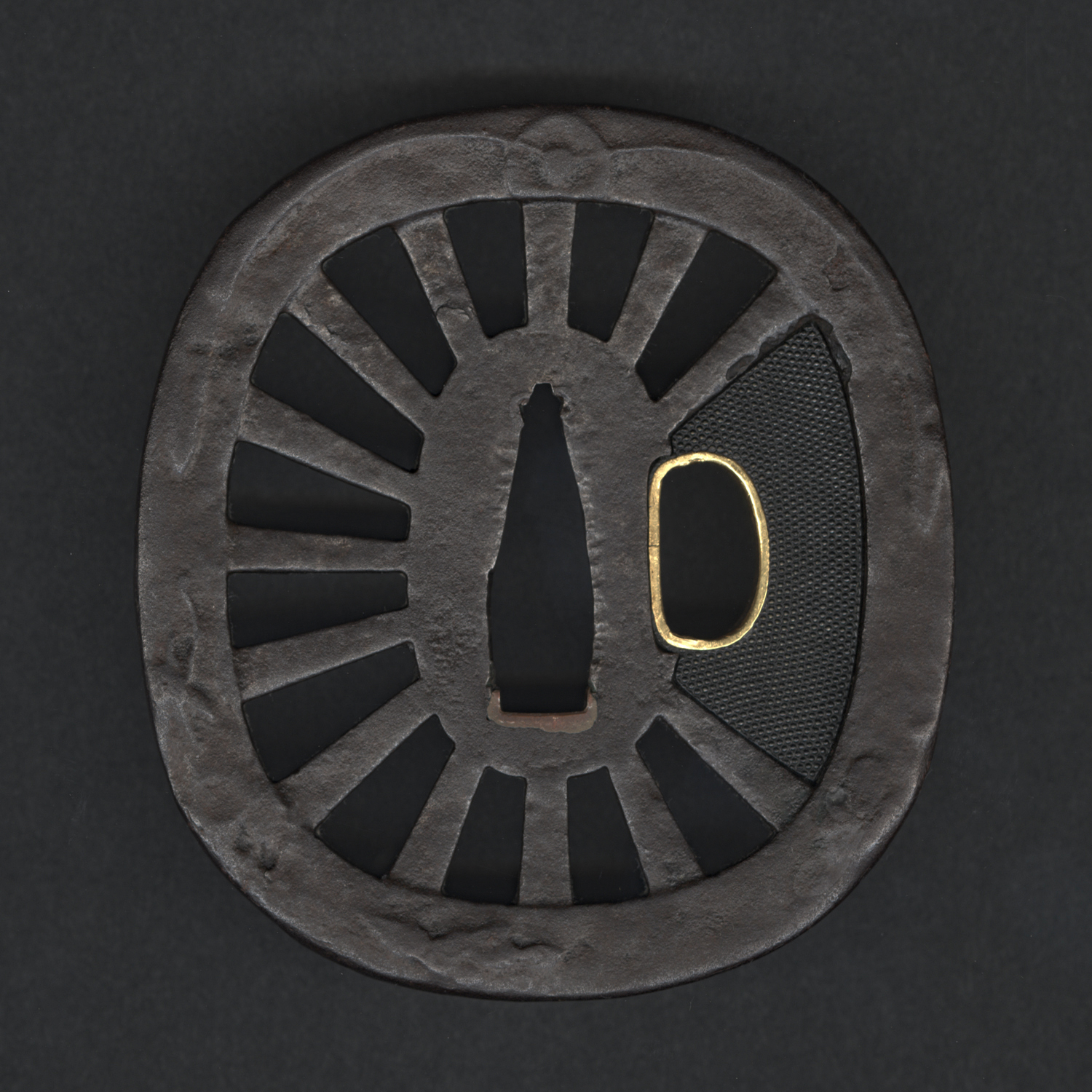

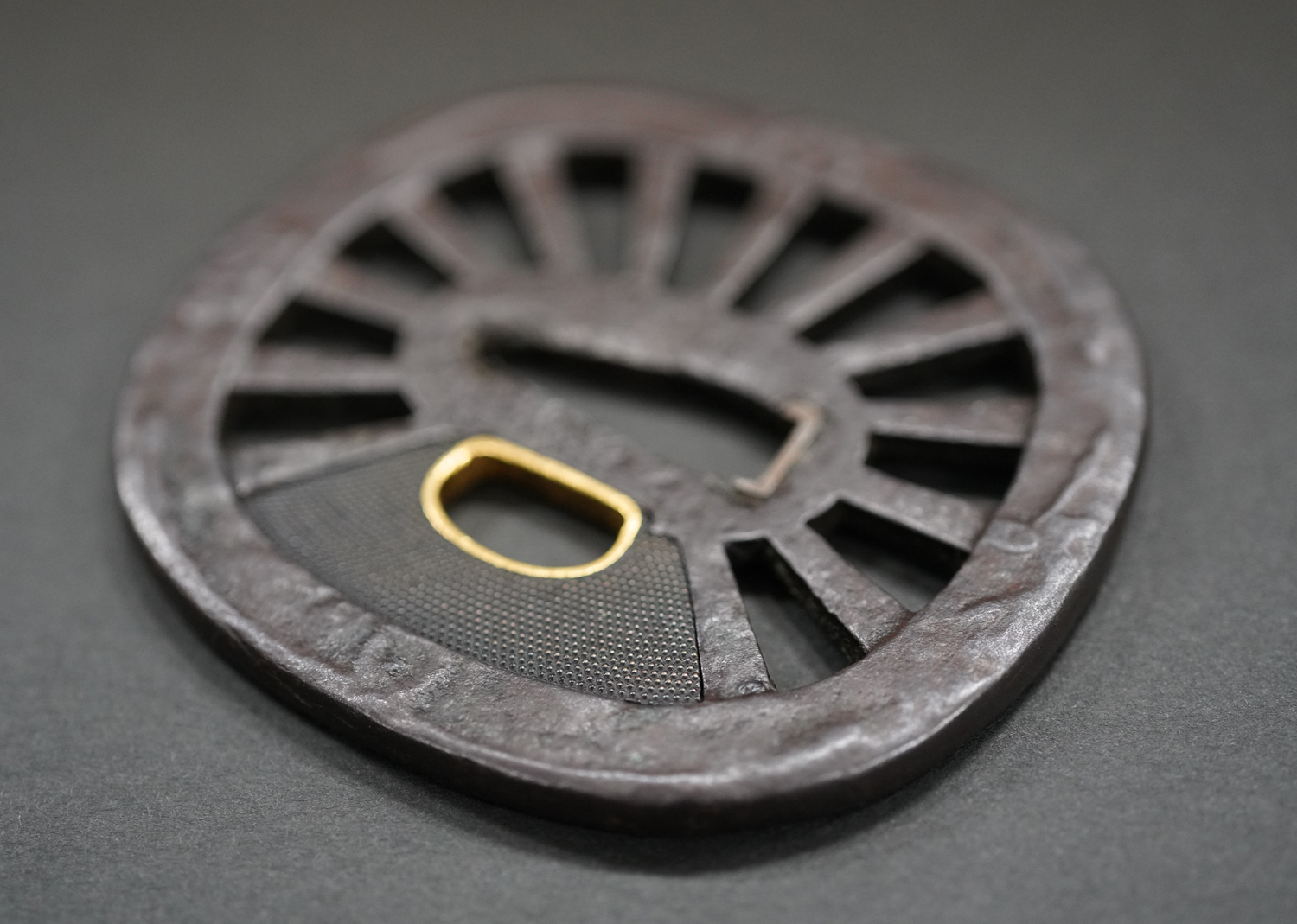
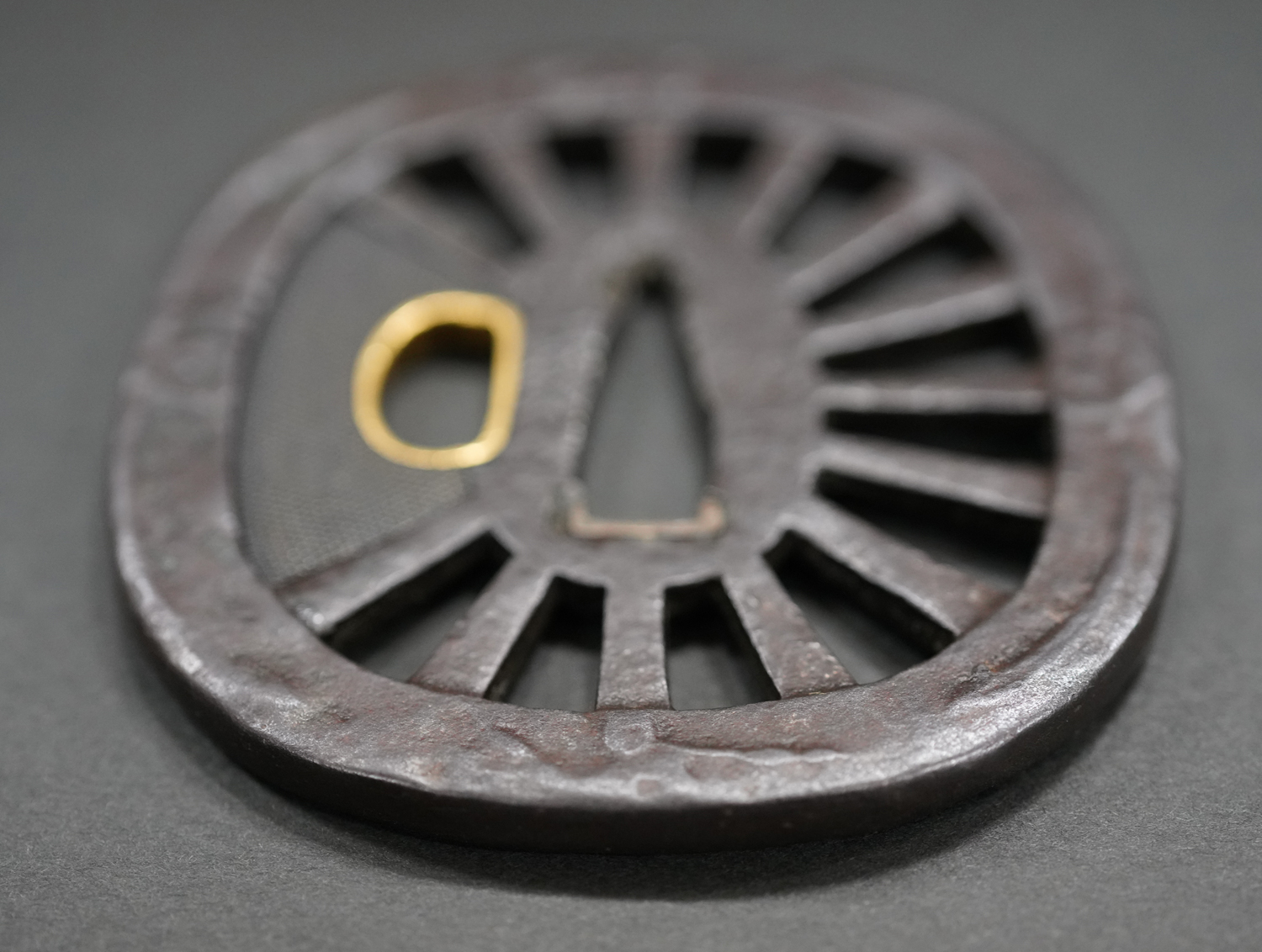
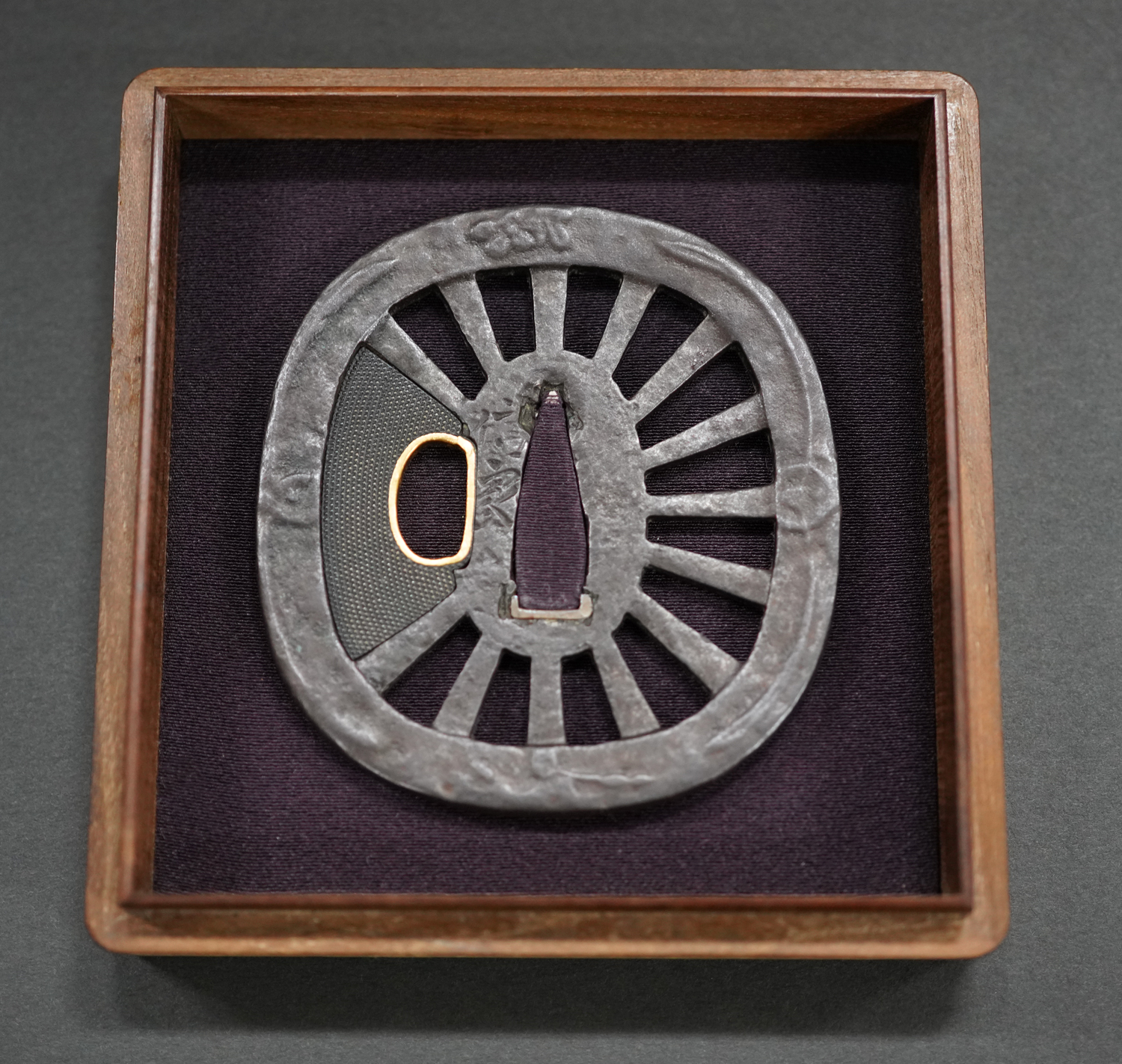
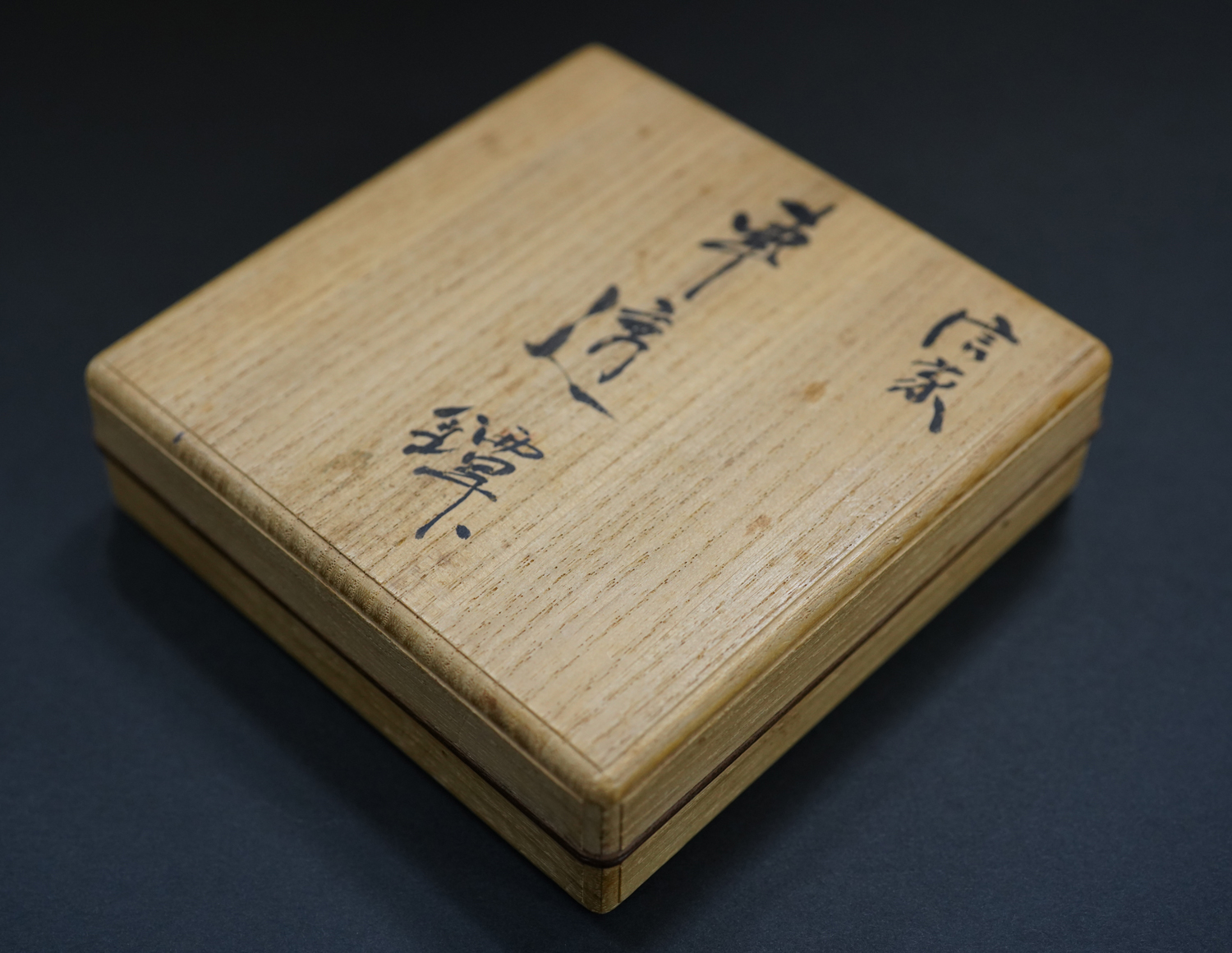
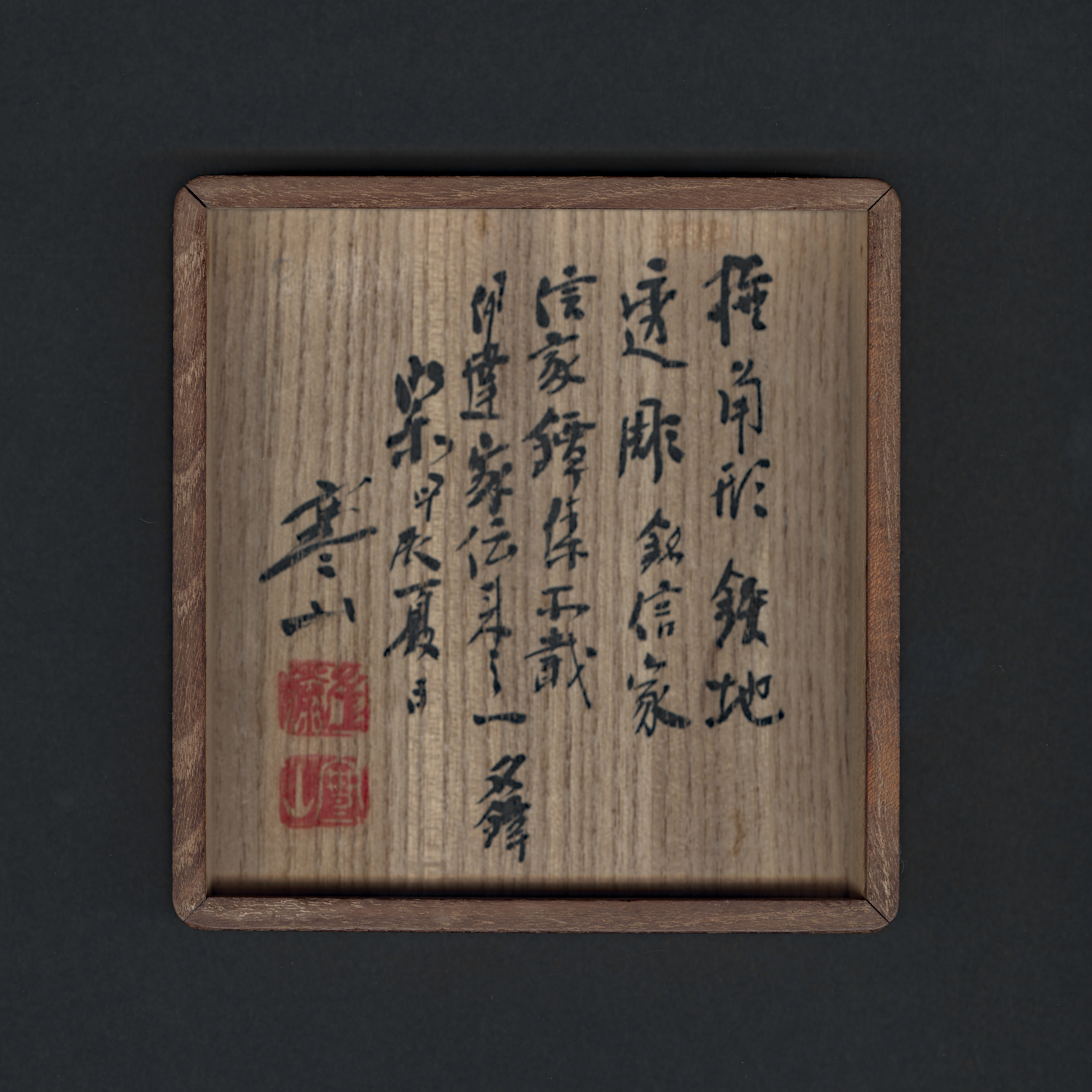
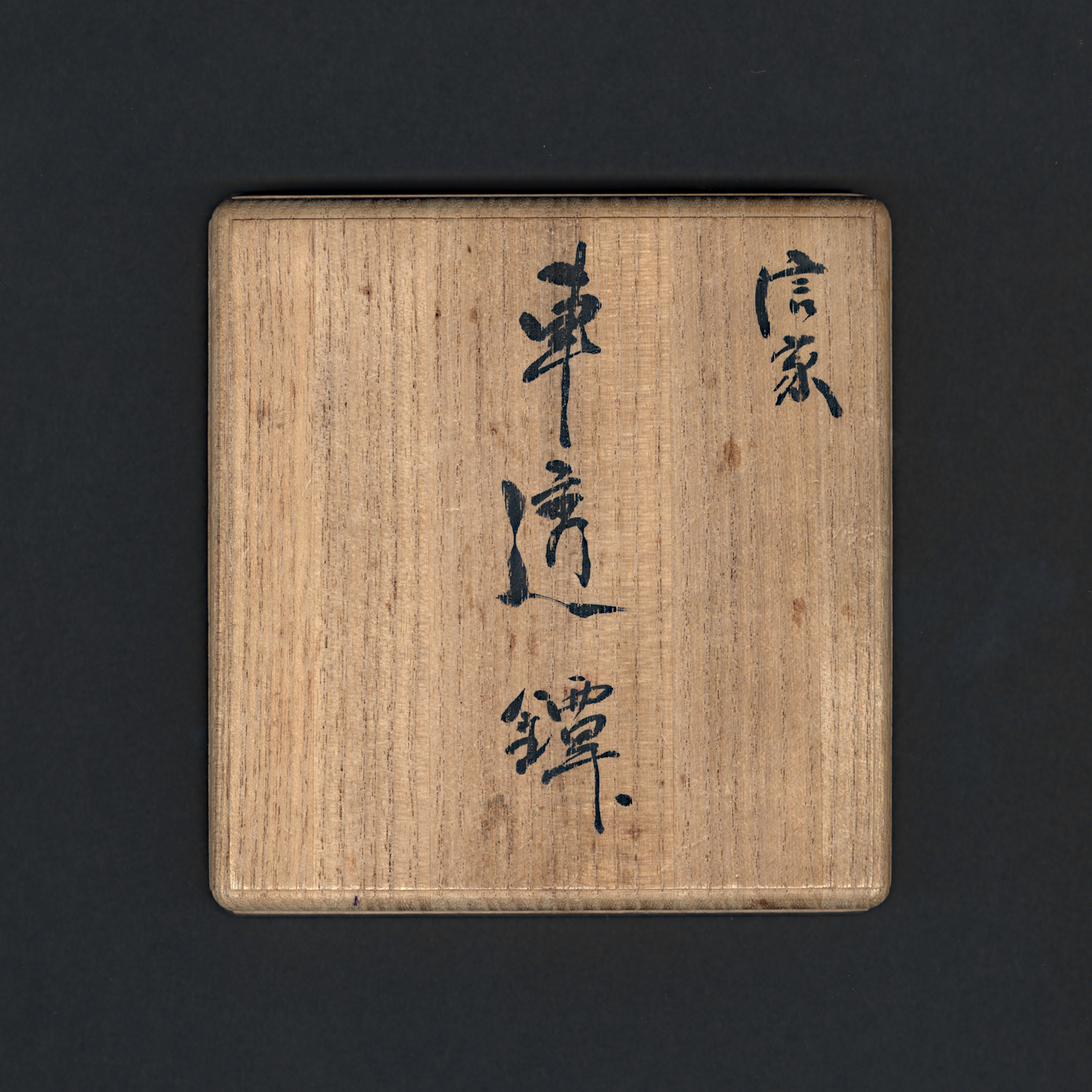
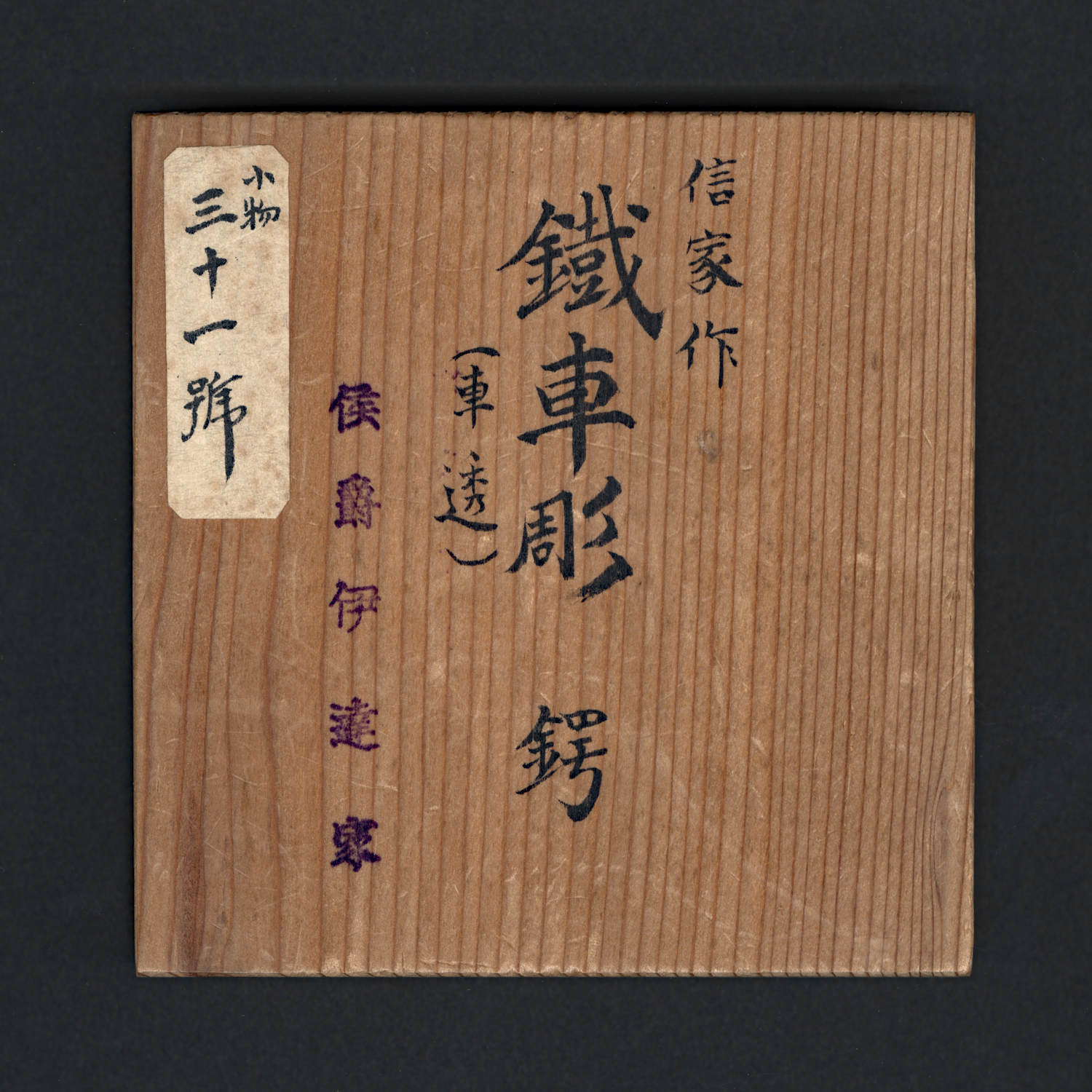
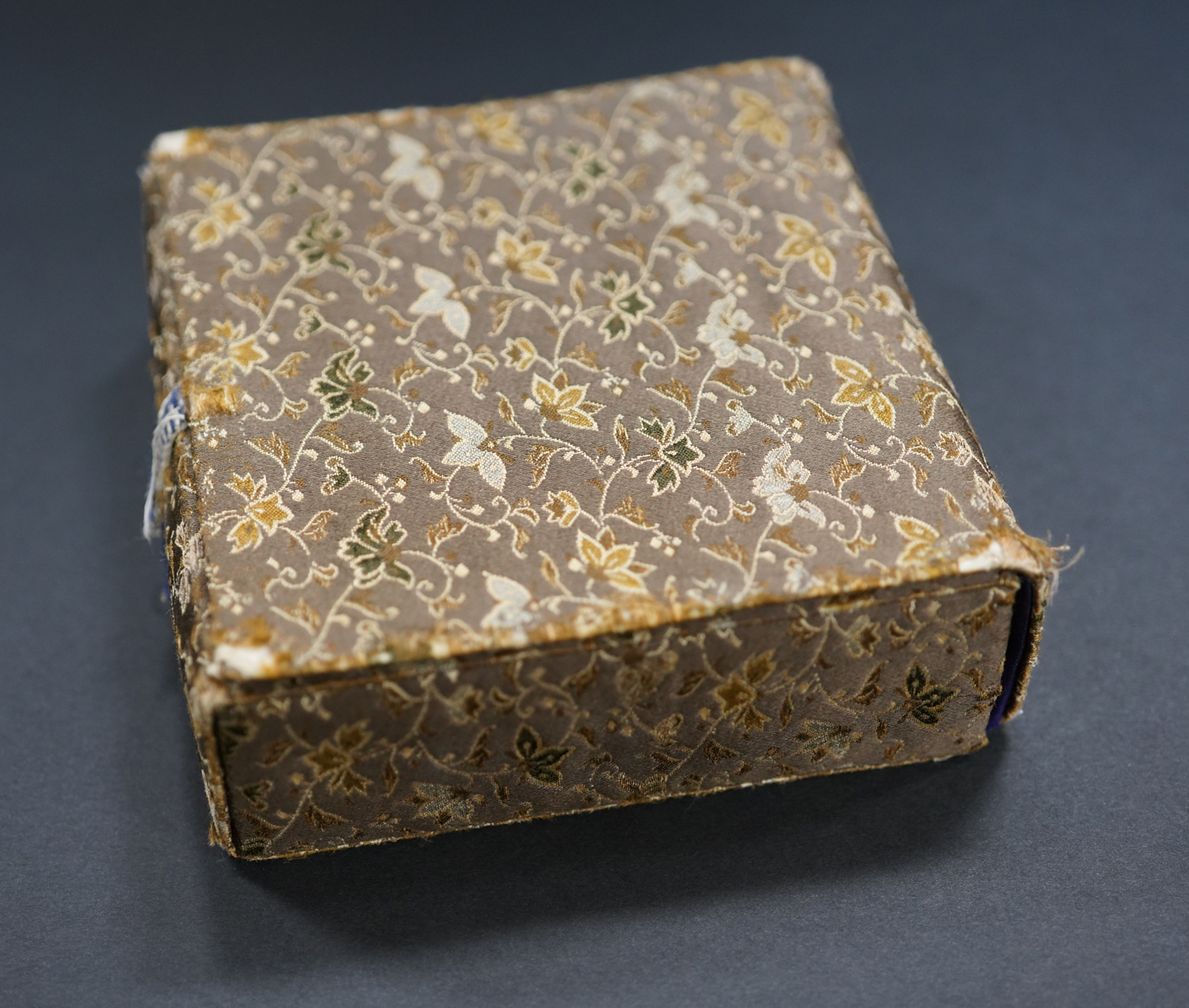


SEARCH
-
PERIOD LISTS
Koto|Shinto|Shinshinto|GendaitoPRICE LISTS
~¥500,000 JPY|¥510,000 JPY~¥1,000,000 JPY|¥1,010,000 JPY~¥2,000,000 JPY|¥2,010,000 JPY~¥3,000,000 JPY| ¥3,010,000 JPY~¥4,000,000 JPY|¥4,010,000 JPY~¥5,000,000 JPY|¥5,010,000 JPY~¥10,000,000 JPY|¥10,010,000 JPY~ |Please contact us -
PAPER LISTS
Important art appraisal|Others|No appraisalJpanese Swords
NBTHK Tokubetsu Jyuyo|NBTHK Jyuyo|NBTHK Tokubetsu Hozon|NBTHK HozonFittings
NBTHK Tokubetsu Jyuyo|NBTHK Jyuyo|NBTHK Tokubetsu Hozon|NBTHK Hozon


